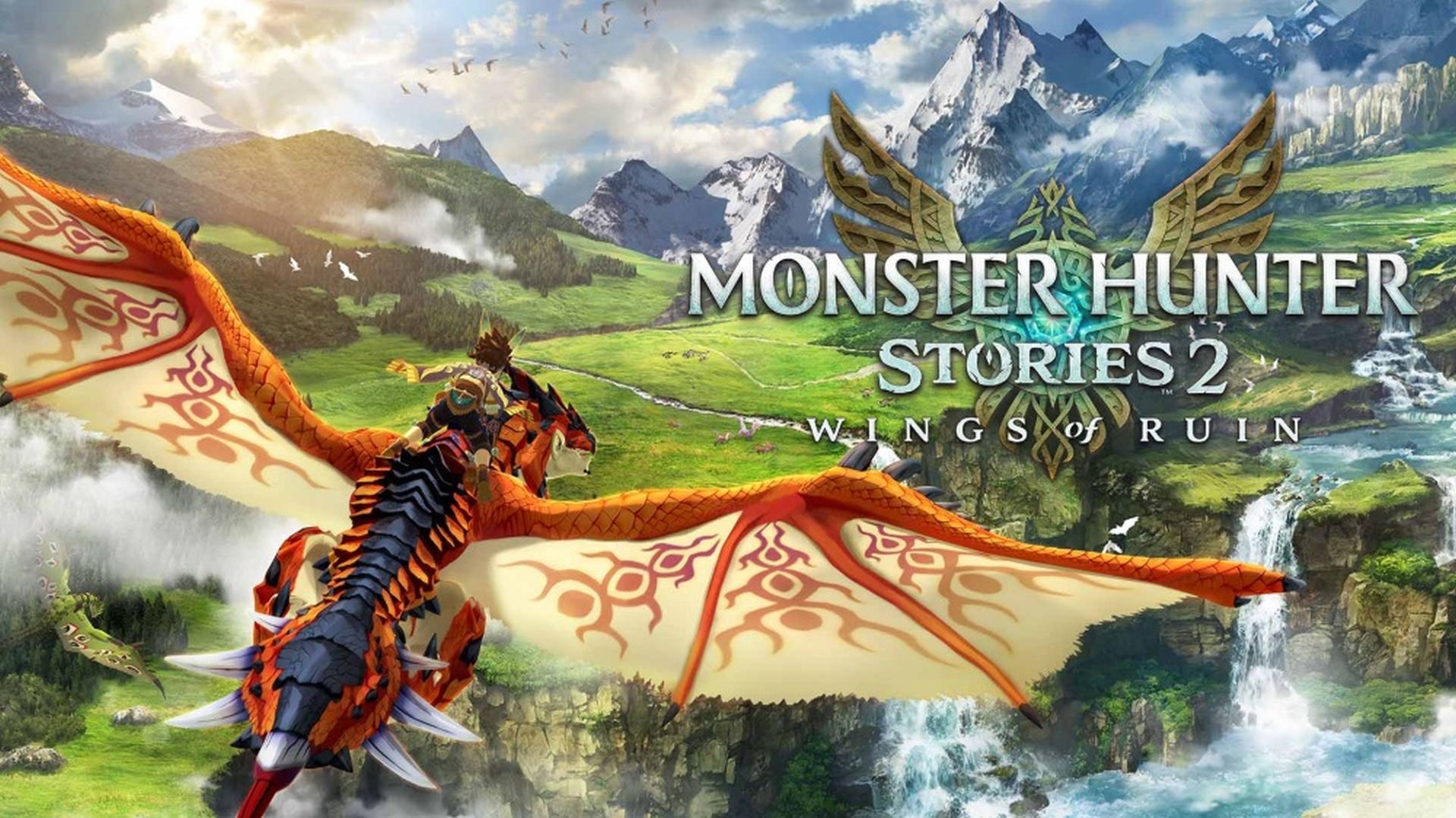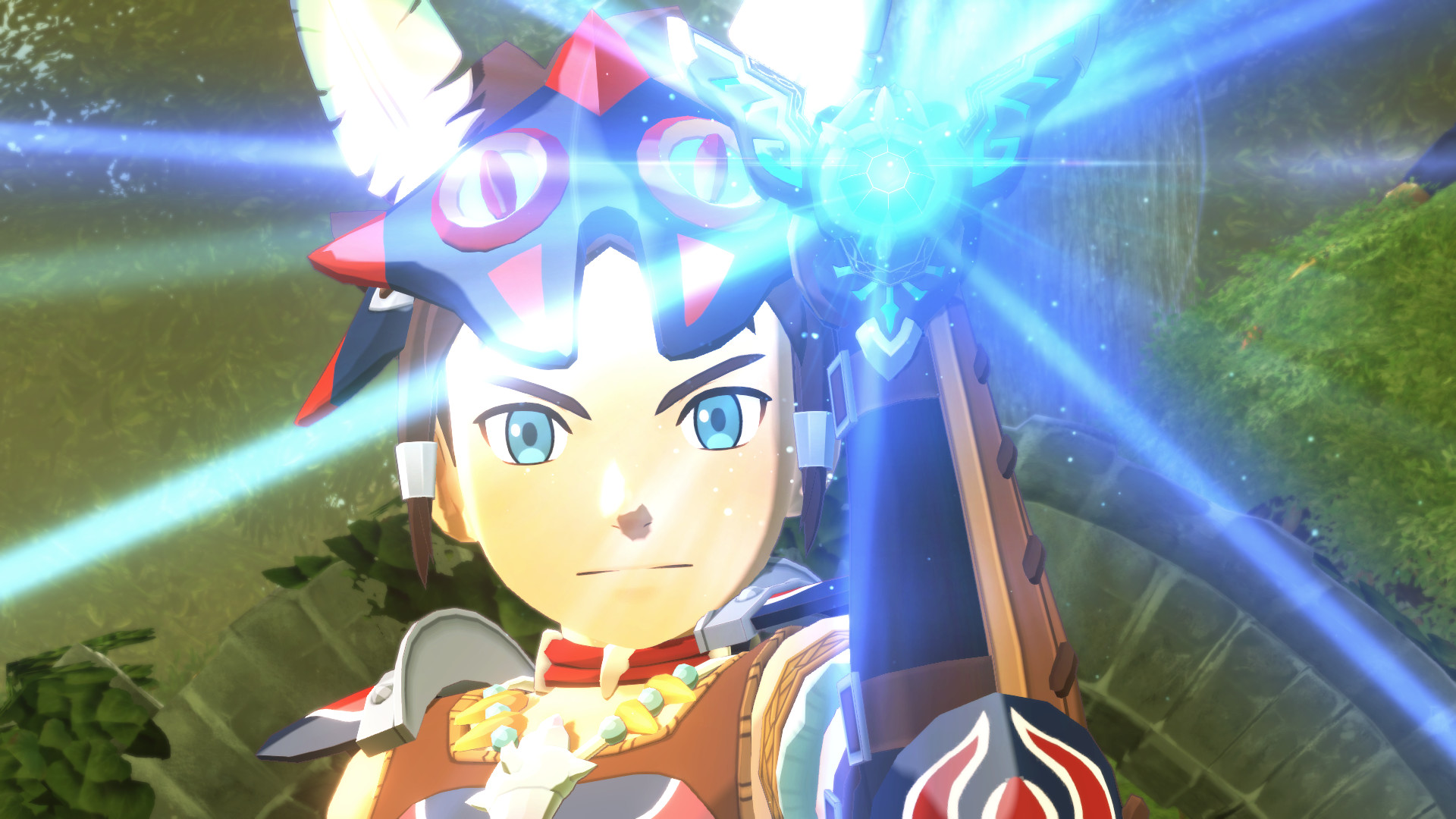
As time has gone on, Monster Hunter has turned into an absolute juggernaut for Capcom. The series had always been massively successful in Japan, but with Monster Hunter World, it broke out and saw mainstream success worldwide, following which the IP has quickly become one of Capcom’s biggest sellers, if not even the biggest, period. And though the mainline entries have obviously been primarily responsible for that, the series has also earned a bit of love for its turn-based Monster Hunter Stories spinoffs.
After seeing a fair bit of success with the first Monster Hunter Stories game in 2016 on the 3DS, Capcom followed up on it with a sequel in 2021 for the Nintendo Switch and PC, which, by and large, was considered to be a solid improvement over what had already been a solid first outing for the turn-based subseries. Now, three years on from is original release, coinciding with a remastered release of the first game, Capcom has also launched a straight port of Monster Hunter Stories 2 for the PS4- and though it’s obviously not the next big Monster Hunter game that many of us are so keenly waiting for (no, that comes next year), it’s still a great opportunity for PlayStation owners to jump into what’s a genuinely well-made and enjoyable traditional turn-based JRPG.
“This is a great opportunity for PlayStation owners to jump into what’s a genuinely well-made and enjoyable traditional turn-based JRPG.”
Monster Hunter Stories 2: Wings of Ruin is technically a direct sequel to the first game, but though some narrative elements and characters are shared between the two games, the sequel can easily be played as essentially a standalone game. You play as a silent, rookie Rider, who, along with your bonded Monsties (which is what Riders call Monsters) and fellow Riders that you meet and befriend, embarks on a quest to unravel the mysteries of strange lights in the sky and mass disappearances of Rathalos.
Monster Hunter Stories 2 definitely puts more of an emphasis on story than the series’ mainline outings have ever done, and even if it’s not a narrative masterpiece by any means – gameplay is still the primary focus here – the story does a surprising job of keeping you invested. The writing and voice over performances generally tend to be solid across the board, even if they can be a bit rough every now and then, and though the story is largely predictable and pretty by-the-numbers, it does have its fair share of moments of genuine emotion.
As I mentioned, however, the star attraction is still the gameplay- which, of course, is very different from your usual Monster Hunter fare. Like its predecessor, instead of the mainline series’ action-packed real-time battles, Monster Hunter Stories 2 throws players into turn-based affairs, where you send out the Monsties that you have managed to bond with and train in battle alongside you. On paper, it sounds similar to Pokemon, but from you also fighting in battles alongside Monsties to the core mechanics of the fights themselves, it sets itself apart in some ways.
At the combat’s heart is a rock-paper-scizzors system that you’ll be familiar with if you’ve played the first game. Each turn, you, your Monstie, and your enemies can unleash either a Power attack, a Speed attack, or a Technical attack, with each variety being stronger to one and weaker to the other. Frequently, you’ll go head-to-head against an enemy when the two of you are mutually targeting each other, at which point the rock-paper-scizzors system determines which one of you will emerge victorious and get to attack to deal higher damage.
“It starts out a bit too simplistic and straightforward, but Monster Hunter Stories 2’s battle system quickly adds layer upon later to turn into a genuine treat.”
In addition to that system, the game also throws in several wrinkles to keep things interesting, from monsters entering different states where they can switch up their attacks to larger monsters having parts that you can break off for advantages in battle and better rewards at the end of the fight, to the Kinship skills that you can unleash in conjunction with your Monsties once you have your Kinship gauge filled up enough. Additionally, there’s also six different weapon types to use, with each of them dealing different types of damage that can be less or more effective against certain monsters, monster parts, and what have you. It starts out a bit too simplistic and straightforward, but Monster Hunter Stories 2’s battle system quickly adds layer upon later to turn into a genuine treat. It’s a bit of a bummer that overworld battles can sometimes drag on as long as they can (even when you’re fast-forwarding through them), which is never fun in a fairly long JRPG, which is exactly what Monster Hunter Stories 2 is.
Outside of battles, things are much more rote. The bulk of your time will be exploring the game’s several large maps and hub locations, and while that’s fun to do on account of their solid design and how visually pleasing and vibrant they are to look at, there are other factors that hold the experience back in some ways. For starters, movement in general feels a bit too stiff. Whether it’s the camera controls not being smooth enough or the movement animations feeling a bit too stilted, the general act of going from place to place never quite feels as tight as you would want in a Monster Hunter game.
There’s also the fact that exploration often tends to get repetitive. You’ll be spending a lot of your time in Monster Hunter Stories 2 exploring dens, which is where you find Monstie eggs (which, in turn, is how you add Monsties to your party), but the design of these dungeons is almost always too simplistic, while they all also often tend to look a bit too similar to each other. While it’s always exciting to find rare dens and potentially get your hands on rarer and better Monstie eggs, ultimately, the activity does become repetitive.
Then there are the subquests, which take on the form of the kind of rote, by-the-numbers side quests that we expect to see in RPGs so often. From collecting a certain number of a certain item to going out and defeating a certain type of monster a certain number of times, Monster Hunter Stories 2 throws a great deal of side quests at you that, thanks to their bland and inoffensive design, are hard to remember even minutes after you’re done with them. Some subquests can be genuinely fun, but by and large, there aren’t a lot of gems to find on this front.

“Monster Hunter Stories 2: Wings of Ruin is a wonderful take on a beloved universe that feels meaningfully different from the games that spawned it, while still feeling like it belongs in that larger series.”
On a technical front, Monster Hunter Stories 2 is quite a pretty game- as it always has been. The PS4 version is virtually indistinguishable from its Nintendo Switch and PC counterparts. There’s some texture pop in and frame rate drops here and there, but this game’s strength always lay with its art style, which still looks gorgeous. A big part of the fun of exploring the game’s maps is getting to look at its gorgeous, colourful, and vibrant environments, while there’s also plenty to be impressed by on an audio-visual level when you’re talking about the cutscenes, which all boast legitimately excellent animations and music.
Ultimately, Monster Hunter Stories 2: Wings of Ruin is a solid experience. It’s a wonderful take on a beloved universe that feels meaningfully different from the games that spawned it, while still feeling like it belongs in that larger series. From the gorgeous art style to the endearing and heartwarming story to the mechanically deep and engaging battles and customization mechanics, Monster Hunter Stories 2 is a solid JRPG that fans of the genre should definitely check out.
The PlayStation 4 version of this game was reviewed on PlayStation 5 via backward compatibility.